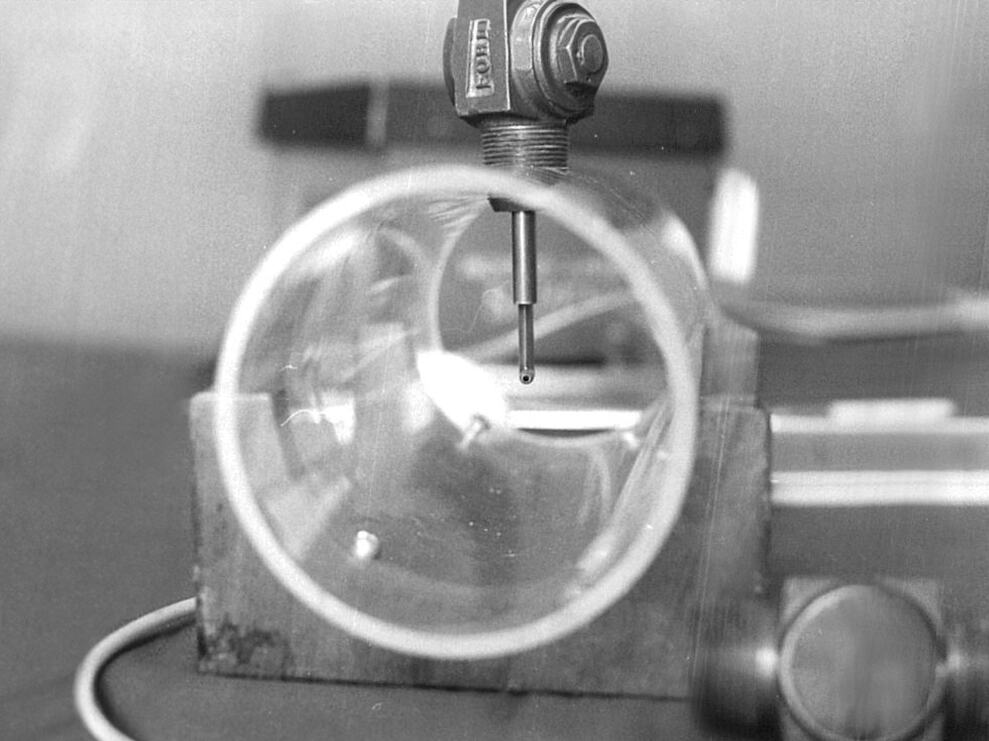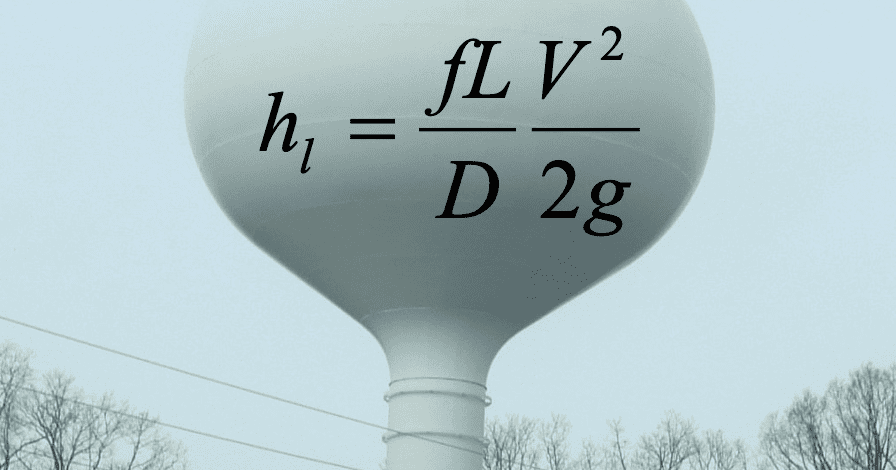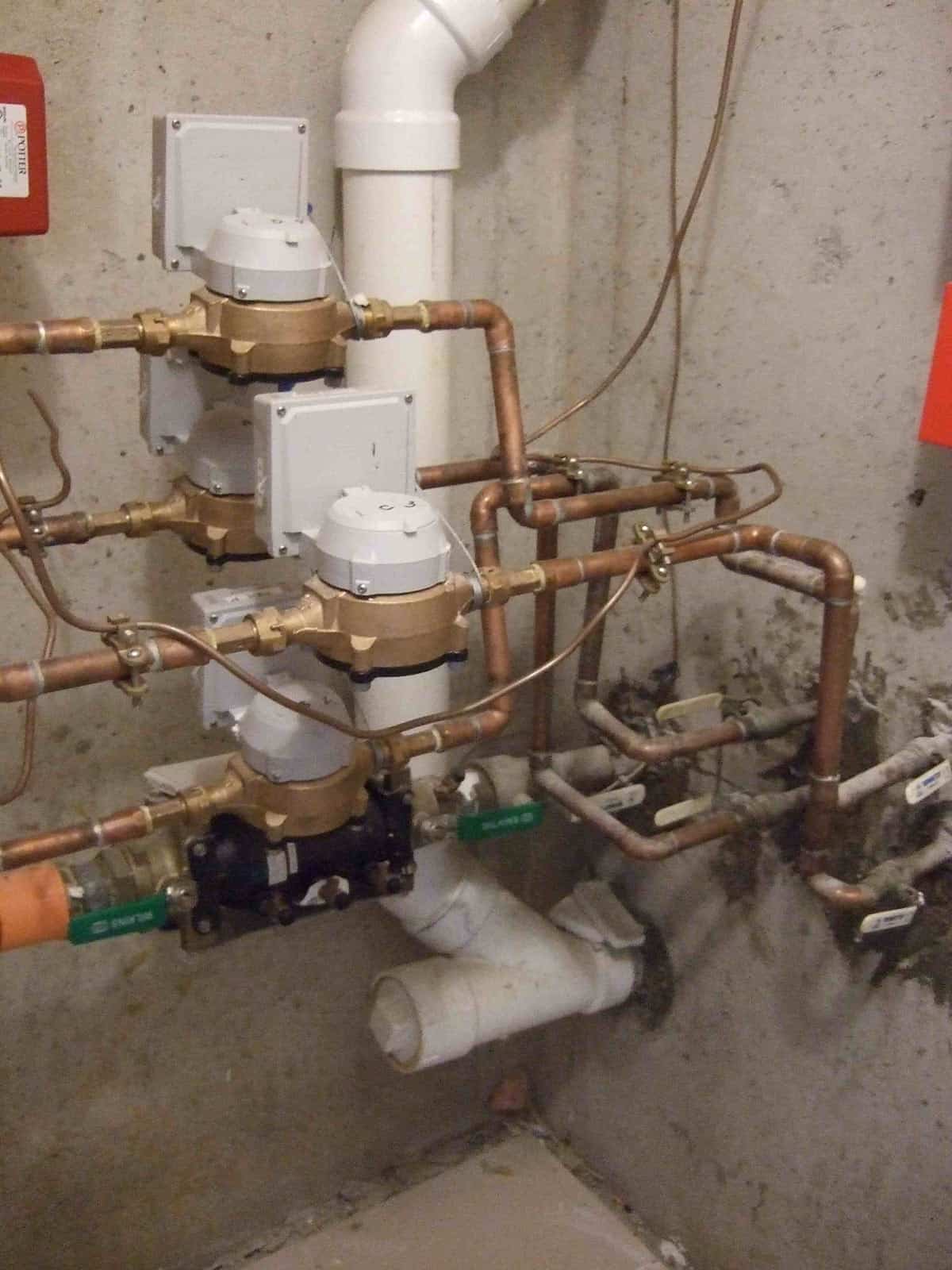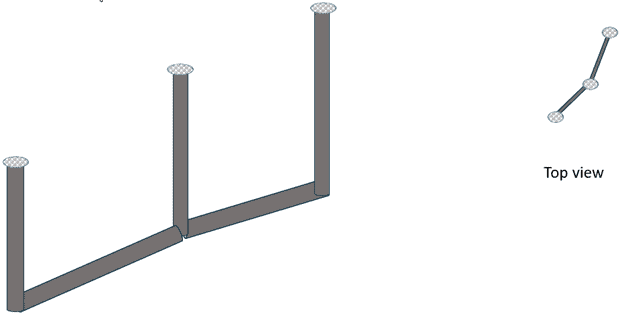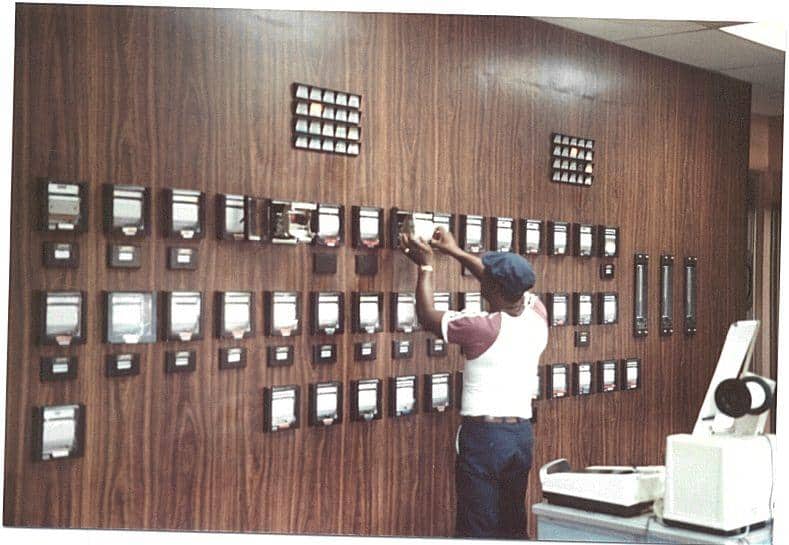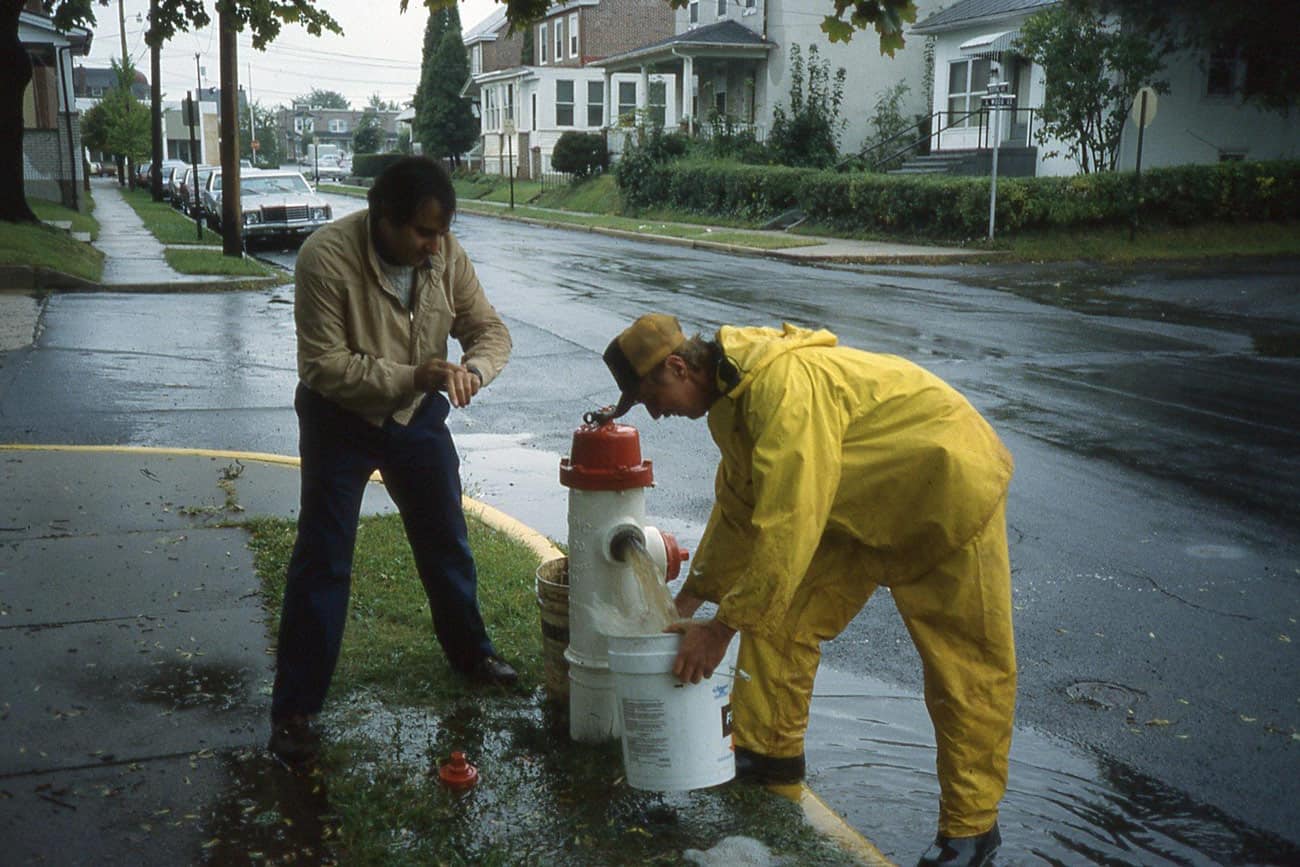A few months ago, I wrote a comparing a two-hydrant flow test with a flow test that uses only one hydrant. I explained that a single hydrant flow test was pretty useless for evaluating system capacity or model calibration. Then, it was pointed out to me that the National Fire Protection Association (NFPA) has added some new wording to its standard NFPA 291 “Recommended Practice for Water Flow Testing and Marking of Hydrants” that described a single hydrant flow test.
The new section, “4.5 Layout of Test and Procedure to Evaluate the Available Flow Through a Fire Hydrant” and it is given the same level of importance as a correct two-hydrant test. This is troubling for a few reasons:
- Some readers may think that they can use the flows and pressures from this test for calculating available fire flow for use with the Fire Suppression Rating Schedule (FSRS). A two-hydrant flow test in the FSRS is used to assess distribution system capacity. A single hydrant test is really testing hydrant capacity and that value is only mildly related to fire flow availability.
- The is no such thing as residual pressure when you only flow a single hydrant. What the standard is calling “residual pressure” is really the pressure head at the hydrant. What is needed is the residual pressure in the distribution system. Attempting to use the one hydrant residual pressure in the standard equation for the distribution capacity at a 20-psi residual is incorrect. There can be no head loss between the main and the residual hydrant (i.e., the residual hydrant is closed).
- Engineers using flow tests use the hydrant flow and residual pressure at a nearby hydrant to assess the accuracy of the hydraulic model to model system hydraulics. Calculating the head loss in the distribution system is the key. With a single hydrant test, a great deal of the head loss occurs in the hydrant lateral and converting pressure head to velocity head. Calibrating for this value would be calibrating the lateral and hydrant orifice more so than calibrating the distribution system model.
- Having two different test procedures for determining the “Available” Flow can be confusing to someone who doesn’t understand the differences between the two tests. I’d love to see them take the word “Available” out of the title of section 4.5. and call it “free flow,” “open discharge,” or “discharge to atmosphere.”
My personal preference would be to eliminate section 4.5 completely and go back to a previous version of the standard in this area. At a minimum, they should remove mention of “residual pressure” and “available,” and clearly state that a single hydrant test should not be used for determining distribution system capacity in the FSRS.
The possible value of a single hydrant flow test lies in ensuring that hydrant will operate, ensures the isolation valve on the lateral is open, and, if measured, can provide an estimate of the flow available for flushing. The value of that test in evaluating distribution system capacity is minimal.
Why anyone would want to include a single hydrant flow test in a fire protection standard is a mystery to me.
If you like blogs like this, you can go back to our library of blogs at https://blog.bentley.com/category/hydraulics-and-hydrology/.
Want to learn more from our resident water and wastewater expert?
Join the Dr. Tom Walski Newsletter today!


